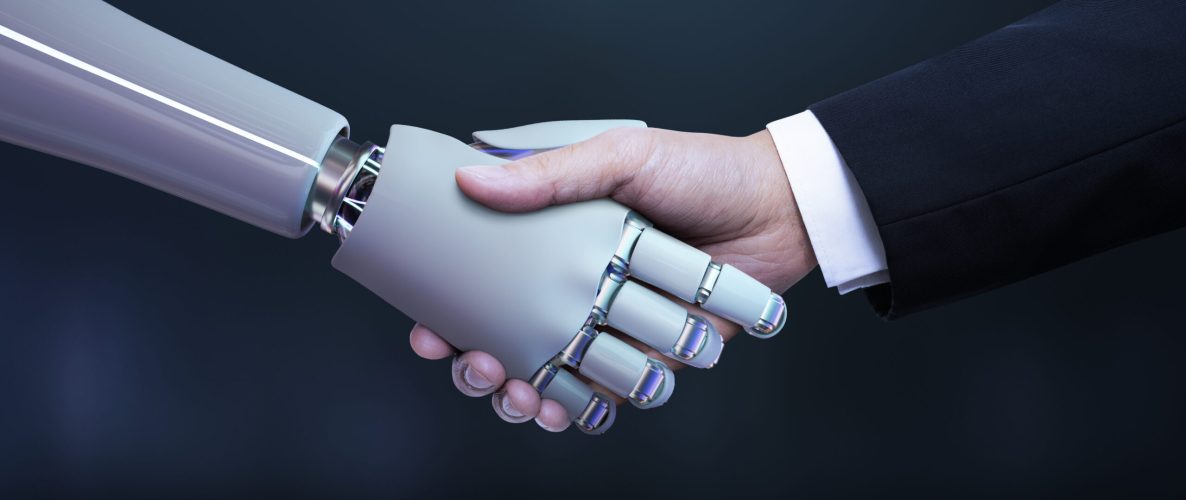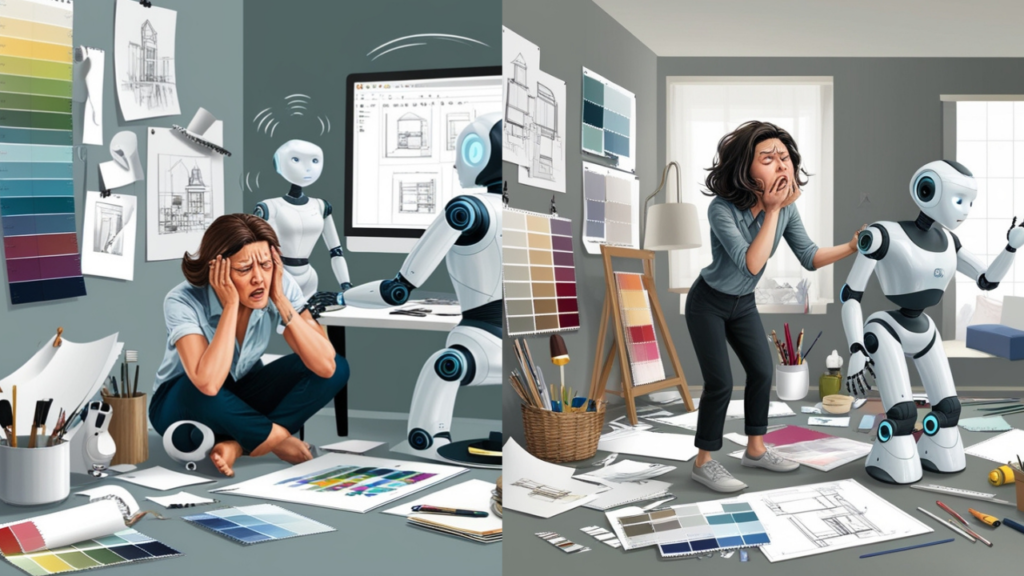
AI Interior Design is transforming how designers create functional, beautiful spaces by integrating artificial intelligence into the design process. From automating tedious tasks to generating personalized design concepts, AI offers a wide range of benefits for both designers and clients. However, like any innovation, it comes with its own set of challenges. In this blog, we’ll explore the pros and cons and how it’s reshaping the industry.
What is AI Interior Design?

AI Interior Design refers to the use of artificial intelligence technologies in the interior design process. These tools analyze data, automate workflows, and assist in generating design ideas, helping designers enhance efficiency and creativity. From AI-powered software that assists in space planning to applications that predict design trends, AI is playing an increasingly important role in modern interior design.
Pros:

1. Boosted Creativity and Design Inspiration
One of the biggest advantages of AI Interior Design is its ability to inspire creativity. AI systems can analyze global design trends, color schemes, and user preferences, providing designers with new and innovative ideas that might not have been considered before. This allows for more dynamic and cutting-edge designs.
2. Improved Efficiency and Speed
AI technology can streamline several aspects of the design process. Whether it’s automating space planning, material selection, or generating 3D models, AI tools help designers save time. This increased efficiency allows designers to focus on more creative and client-centered tasks, significantly reducing project timelines.
3. Personalized Design Solutions
With AI Interior Design, designers can offer highly personalized solutions. AI algorithms analyze user behavior and preferences, allowing for tailored design recommendations that suit the client’s lifestyle and needs. This level of customization ensures greater client satisfaction and functional design outcomes.
4. Cost-Effective Project Management
By predicting costs and identifying potential budgetary issues early on, it helps in maintaining budgetary discipline throughout the project. AI-driven tools can also optimize resource use, reducing wastage and keeping the project on track financially.
5. Enhanced Collaboration
AI tools facilitate smoother collaboration among design teams. With centralized platforms for sharing designs, feedback, and updates, AI Interior Design promotes better communication and coordination between team members, ensuring that the project runs smoothly and efficiently.
Cons:

1. Lack of Human Sensitivity
While AI Interior Design can generate remarkable design ideas, it may lack the emotional intelligence and intuition that human designers bring to the table. AI often struggles to replicate the deeper, more personal connections that humans make with the spaces they design.
2. Overdependence on Technology
An over-reliance on AI Interior Design tools can diminish a designer’s creative process. If designers begin to depend too heavily on algorithms, there’s a risk that the designs might lose their uniqueness and personal flair, resulting in a more uniform or predictable outcome.
3. Data Privacy Concerns
Since AI Interior Design tools often require access to user data to deliver personalized solutions, data privacy becomes a concern. Designers and clients alike need to be mindful of how their data is stored and used, and ensure that it’s protected from potential breaches.
4. High Initial Investment
While AI Interior Design can save costs in the long run, there’s a significant upfront investment in technology, training, and software. Smaller design firms or individual designers may find it challenging to adopt these tools due to the financial barriers.
5. Job Displacement Concerns
As AI Interior Design tools become more advanced, there is growing concern about potential job displacement in the interior design industry. Automation could reduce the need for certain design roles, particularly those involving repetitive or lower-level tasks.
Conclusion
It is revolutionizing the interior design industry by offering enhanced creativity, efficiency, and personalization. It allows designers to explore new concepts while optimizing project timelines and budgets. However, it’s important to balance the use of AI with the human touch that is essential in creating spaces with emotional depth and personal connection. As AI continues to evolve, it will be crucial for designers to use these tools to complement, not replace, their creative instincts.
Have you explored AI tools in your design projects? Share your experiences in the comments!
